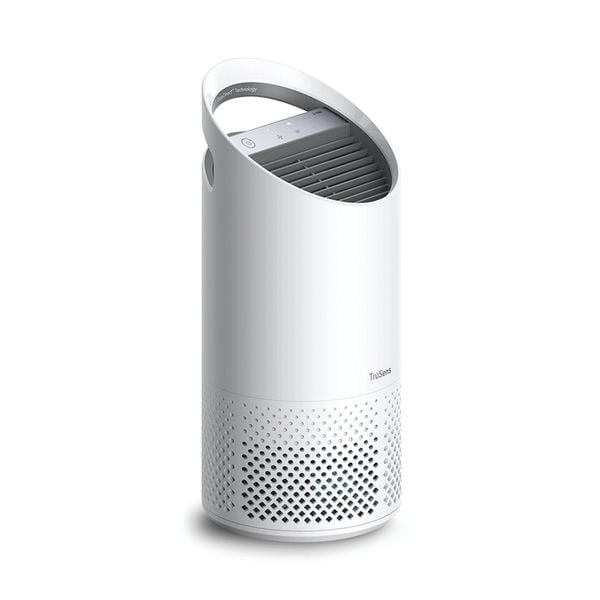
After many months of virtual learning, UK pupils have headed back to the classroom with their peers and teachers to engage in person. Most schools have adopted new safety protocols to protect students and staff after the return to school, but there is still a daily threat which could threaten the health of these groups.
According to studies[1] from Global Action Plan, Asthma UK, and the British Lung Foundation, more than a quarter of all UK schools, ranging from nurseries to sixth-form colleges, are located in areas with high levels of air pollution. This affects more than 8,500 schools[2] and means that more than 3.4 million pupils spend their days learning in unhealthy environments.
What is the Risk?
With children spending approximately 1,000 hours per year in the classroom and their teachers even longer, these students and educators spend a large portion of their time breathing potentially harmful pollutants. While invisible to the eye, tiny particles in the air can cause some very serious conditions and have negative impacts on nearly every part of the body.
The most obvious damage is done to the respiratory system, with strong correlations between poor air quality and respiratory conditions such as lung disease, allergies, and asthma. However, various studies have linked air pollution to other serious problems such as diabetes, obesity, heart conditions, brittle bones, liver disease, bladder cancer, and skin issues[1]. Additional studies[2][3] have linked air pollution to cognitive impairments such as ADHD and behavioural issues in the classroom.
These particles originate from a variety of sources that are a part of our everyday lives, ranging from car emissions, to cleaning products, farming and heating systems. We can’t fully eliminate these everyday parts of life, but we can take steps to make our air healthier to breathe.
How to Minimise Risk

Poor indoor air quality is the primary issue for most schools. In certain cases, letting in some fresh air from outdoors can help mitigate some of the pollution inside. But for those 8,500+ schools in areas of high pollution, the poor outdoor air quality is only making the situation indoors worse. The best way to improve indoor air quality is to use an air purifier.
An indoor air purifier can help to remove some of these particles from the air before they can make their way into the lungs. More advanced models, such as those in Leitz’s TruSens range, can take it a step further and destroy these particles to ensure they do not recirculate. TruSens purifiers use HEPA (High Efficiency Particulate Air) filters to trap particles (including viruses and bacteria) as small as 0.3 microns in size and are equipped with UV-C lamps to destroy 99% of the harmful pollutants the filter collects. TruSens purifiers continually monitor the air quality in the room and automatically adjust thanks to their unique Sensor Pod. The PureDirect technology splits clean air into 2 streams and delivers purified air efficiently throughout the room. This ˜set it and forget it’ functionality is ideal for classroom environments, allowing the teacher to focus on their lessons rather than fussing around with the machine. The largest model in the range, the Z-3000, is perfect for classrooms and other large spaces thanks to its 70m2 capacity, while the smaller models in the range are ideal for offices and reception.
Why not consider adopting air purification on site in your nursery, primary, secondary, or post-secondary education institutions in order to keep people safe and to let the focus be on learning.
References
https://www.asthma.org.uk/about/media/news/schools-surrounded-by-pollution/
https://policyatmanchester.shorthandstories.com/on-air-quality/index.html
https://edexec.co.uk/air-safety-in-schools-2/
Find out More
{{cta(‘9fc97fca-d7d0-4b69-8040-7058bc7605ca’)}} {{cta(‘7fcb7b98-f226-4dca-ac7a-936117f0f2d9’)}}
Alternatively, call your account manager, phone us on 0843 538 3311 or, to become a customer, email contact.us@BannerUK.com.
Why not join us on LinkedIn or follow us on Twitter? Don’t forget to subscribe to our blog for notifications on our latest articles by adding your email to the subscribe box at the top of this page.
